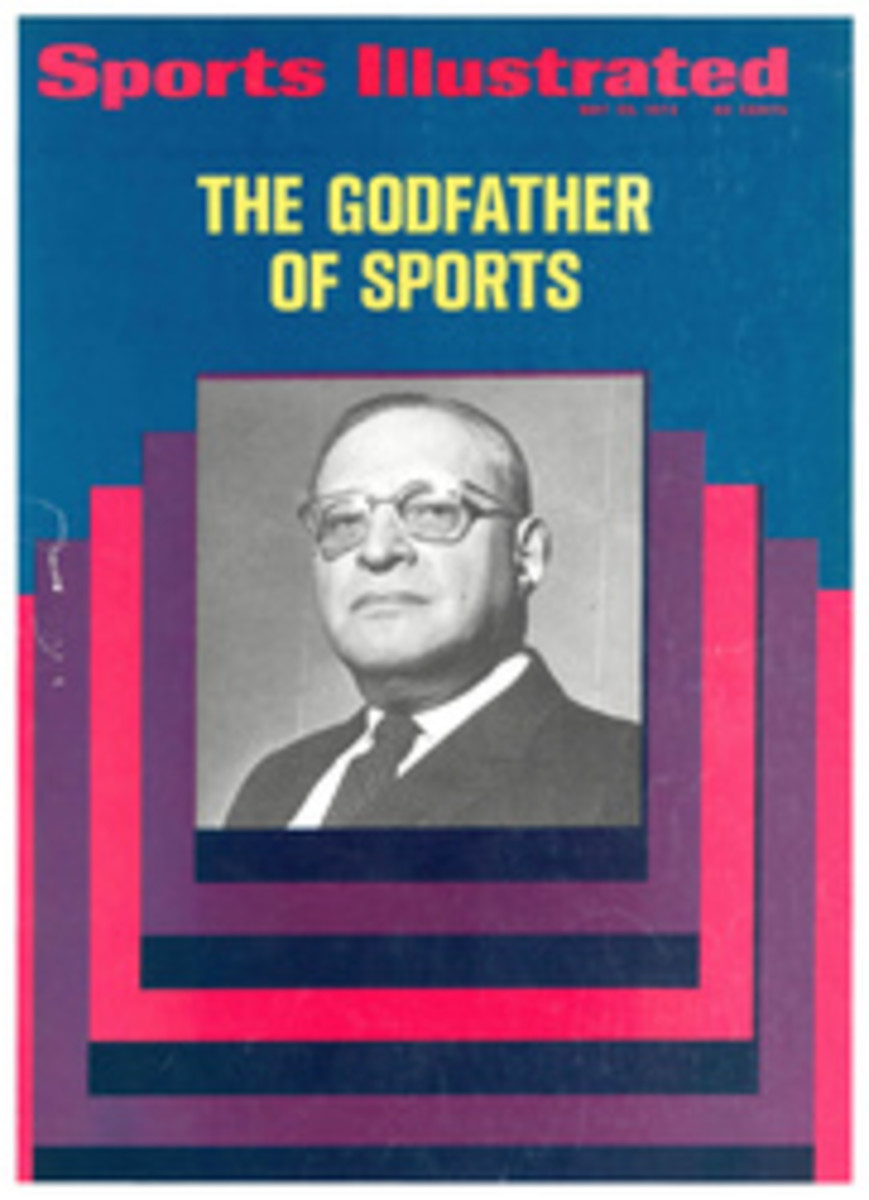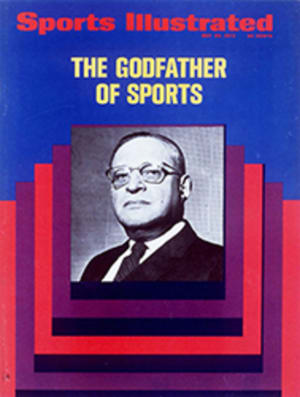
Sport in China—from YMCA Ping-Pong paddles to the Red Cultural Revolution
While Richard Nixon was warming the bench at Whittier College in 1933, Red guerrillas 7,500 miles west, in China's Kiangsi Province, were playing at grenade throwing and marksmanship. How they parlayed their highly organized and somewhat martial sports program (which consisted not only of guns and grenades, but basketball, volleyball, track and field and tennis) into a national policy is the subject of Jonathan Kolatch's Sports, Politics and Ideology in China (Jonathan David, $10).
An Oriental scholar and a former baseball coach, Kolatch ranges in his narrative from the 19th century, when the YMCA started packing Ping-Pong paddles and basketballs with its shipments of Bibles to China, to the present-day People's Republic, where politics rule the playing field. The initials YMCA, he tells us, were for nearly a quarter of a century synonymous in China with modern sport. Besides adding several new games to the country's ancient sport tradition, YMCA officials initiated the first teacher training program in physical education, the first athletic meets and introduced athletics into government schools.
Thus began a thread that endured through five decades, a war and a revolution. The Nationalist government preserved most of the basic programs of the YMCA period but for the first time brought all aspects of sport under political control. When the Communists came to power in 1949, the groundwork was left intact. Some refinements, mainly in the organizational and administrative apparatus, were carried over from the Communists' period of exile, when ice skates were made from captured Japanese boots.
Kolatch struggles with the task of explaining to Americans the intricacies and contradictions of his theme. Unfortunately, portions of his book are as arid as the Gobi, partly due to Kolatch's unavoidable absence from the scene. He cannot be faulted on thoroughness (his bibliography lists 50 scholars, 26 Oriental language books and English and Chinese periodicals going back to the 19th century), but his book will be a disappointment to readers who want to know where all those table tennis players come from.
—ROSE MARY MECHEM
The late John Atherton's The Fly and the Fish, originally published in 1951 by Macmillan and much sought out of print, has been reprinted (Freshet Press, $12.95) in response to the surging market for angling books. An artist, Atherton was of the impressionistic school of fly tying, and he illustrated in color many of his favorite flies for this book. The reprint contains a new introduction by his wife.
—ROBERT H. BOYLE

